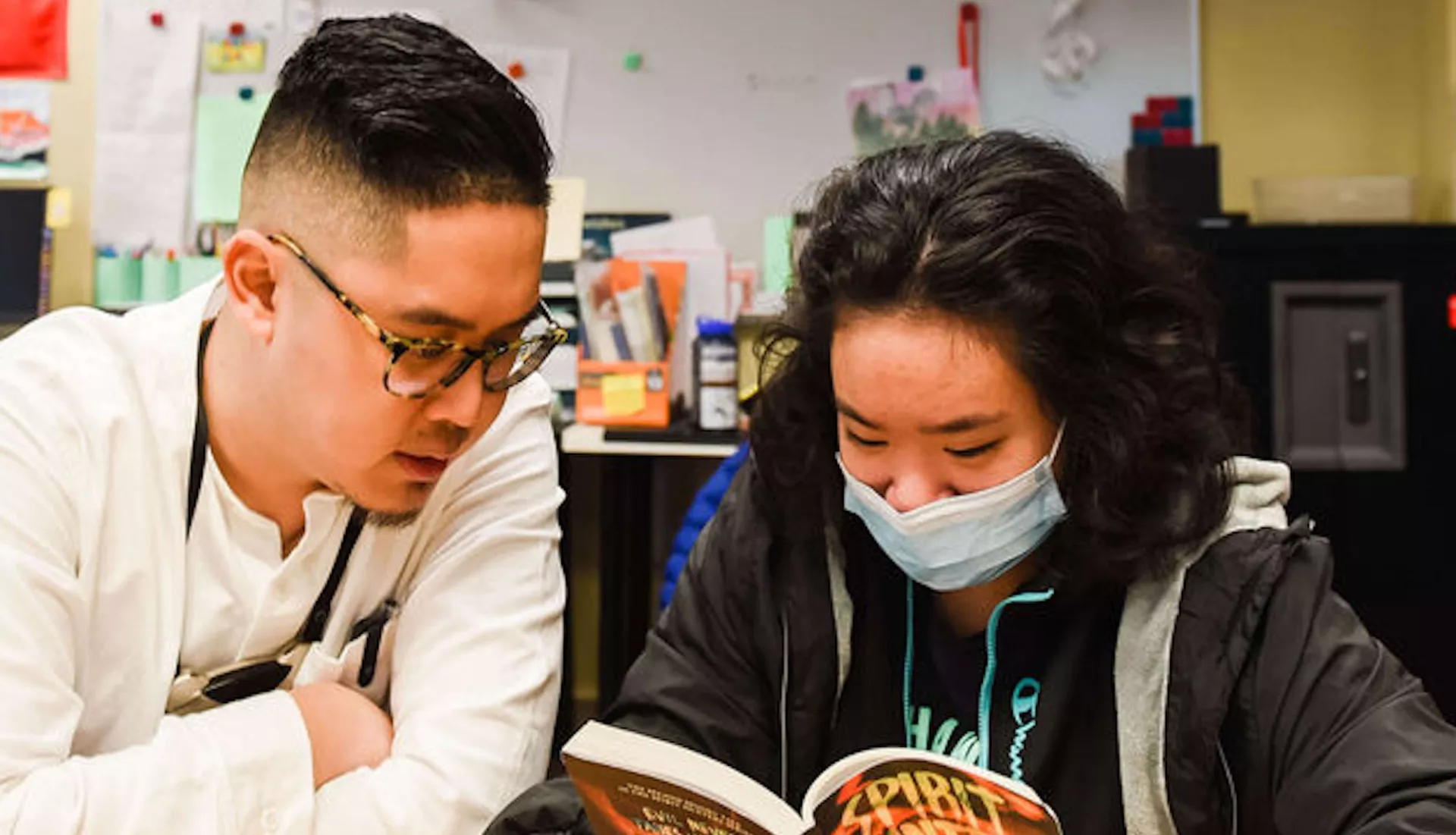The Washington Education Association has launched an innovative teacher residency program that allows individuals with bachelor’s degrees to earn a teacher certificate with an endorsement in special education.
In so doing, WEA becomes the first union to take the lead role in credentialing teachers, says Jim Meadows, dean of WEA’s Center for Educator Career Pathways, whose members helped get the program off the ground.
"WEA’s teacher residency program will help address teaching shortages in special education, and we're proud to say the program is created for educators, by educators,” said NEA president Becky Pringle. "We must continue to work together to empower future teachers, while connecting them with mentors and others who will support their journey, build a community and celebrate their accomplishments."
The core of the program is the hands-on experience and intensive mentoring that students receive working in schools of partner districts while completing graduate-level coursework. Participants will spend at least 1,250 hours with their mentor teacher while earning their degree.
A fundamental goal of the program is for residents to be classroom-ready at a level far beyond what can be achieved in a standard three- or four-month student teaching experience.
Veteran teacher and WEA member Marisol Mallari helped design the residency. She is acutely aware of the effects of the teacher shortage, especially in special education, and she has vivid memories of her own first days in the classroom 20 years ago.
“Sometimes what you learn in your college prep is totally different when you’re in the workforce,” Mallari told KUOW, her local NPR affiliate. “And we need to retain these wonderful new special educators… so we need to make sure they’re fully supported.”
Curbing the Teacher Shortage Crisis
Educator shortages and continuing declines in traditional educator preparation program enrollment are creating a new sense of crisis in schools and districts and among policymakers.
Washington, like every other state in the nation, is facing an acute teacher shortage that will define the next 5-10 years, as reported by WEA. Without bold solutions, the shortage will have an ongoing, and likely acute, impact on student learning.
To help change this trajectory, WEA stepped forward to help find new solutions and to ensure every Washington student has access to diverse, well-prepared, and fully certificated teachers.
On March 16, WEA received final approval by the state’s Professional Educator Standards Board. In its founding year (2023-24), the WEA Teacher Residency will partner with the Federal Way School District/Federal Way Education Association; Mukilteo School District/Mukilteo Education Association; and the Walla Walla School District/Walla Walla Valley Education Association to establish residency cohorts.
“From theory to practice, residency programs increase preparation to be a certified teacher and provide authentic opportunities for candidates to reflect and grow their practice as a pre-service teacher,” related Gami Diaz, a Highline Education Association member. “It made me better prepared for my first day as a teacher and allowed me to grow even more in my practice because of the ample opportunities I had to learn."
A Clear Mission
Part of what makes WEA’s residency unique is that its mission goes far beyond the already worthy goal of preparing future teachers well.
The program’s stated goal is “to support residents to serve and advocate for students while disrupting and dismantling institutional systems that cause harm to students and teachers.”
The program also sets out to tackle the stubborn lack of diversity that has persisted in the teaching profession even as the nation’s students become increasingly diverse.
The residency offers individualized pathways to certification that make it friendlier to a diverse pool of applicants. It offers extremely low tuition and offers residents a $35,000 salary plus benefits.
The expectation that aspiring teachers should pay full tuition and complete unpaid student teaching stints can pose an insurmountable barrier for students of color.
In general, residencies have a good track record in supporting aspiring teachers of color. The National Center for Teacher Residencies reported that 57 percent of the completers from their network identify as people of color.
“As an education community, we must continue to lift diverse, aspiring educators who reflect the diversity of our public schools,” said WEA president Larry Delaney. “Our students and communities deserve the best prepared and most innovative teachers. Together, in our union, we have the power and expertise to make a difference. For the future of education in our state and across the nation, we will continue to strengthen our public schools together.”






